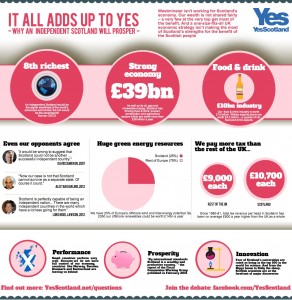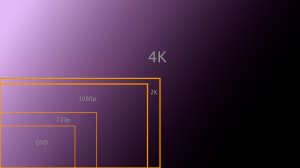GDC 2014: Reflections and Ruminations
 So another Game Developers Conference (GDC) has come and gone – 400 panels, roundtable discussions, lectures, tutorials, 350 exhibitors, 20,000+ attendees. Seems like every gaming publication and industry analyst swooned and fawned over Project Morpheus, Oculus Rift, Valve’s Steam Controller and how virtual reality in general is poised to take over the gaming universe.
So another Game Developers Conference (GDC) has come and gone – 400 panels, roundtable discussions, lectures, tutorials, 350 exhibitors, 20,000+ attendees. Seems like every gaming publication and industry analyst swooned and fawned over Project Morpheus, Oculus Rift, Valve’s Steam Controller and how virtual reality in general is poised to take over the gaming universe.
What was also interesting, however, were the findings of a survey conducted before GDC opened its doors for the 28th time last week, a few emerging gaming industry trends, and one rather dopey game that even its developer said “is a small, broken and stupid game” – yet has now garnered literally millions of views.
The second State of the Industry GDC survey polled more than 2,600 North American game developers who attended last year’s conference. According to GDC, notable trends “include a preference for the PlayStation 4 platform for console developers, the prevalence of self-funded projects and the changing reliance and relationship with publishers.”
The survey indicated that 20 percent of developers intend to release their next game on Sony’s PlayStation 4, slightly edging out Xbox One’s 17 percent. Developers also want to do their own thing – 64 percent want to self-publish. And self-funding is still popular among developers – 52 percent said part of their funding is from their company’s existing coffers; 46 percent said they contribute their own money to launch their projects. About 11 percent used crowdfunding, up from 4 percent in last year’s survey.
And a couple of interesting trends to watch too. This year we’ll continue to mark the rise of independent game developers. Digital Trends reported that both Epic Games and Crytek will make their respective development engines available via a subscription model. Epic’s engine will cost only $19/month and 5 percent gross revenue from any games released; Crytek’s for a $9.90/month flat fee.
“This unprecedented move allows anyone to craft a game with the same tools as the pros, limited only by imagination and dedication,” noted Digital Trends.
And the publication also stated that the free-to-play model for PC games is fast becoming the dominant financial model for PC games.
“Part of the reason for the shift is the globalization of gaming. China, especially, has emerged as one of the biggest gaming markets on the planet, and the majority of revenue created from gaming in China comes from free-to-play PC games,” added Digital Trends.
The standard pricing model won’t disappear overnight, but, noted Digital Trends, “the momentum is definitely shifting, and as it does, the way people play games may shift with it.”
Lastly, one of the silliest – but most popular games at GDC was Goat Simulator, created by Coffee Stain Studios. Basically, as reported in Ars Technica, “the more mayhem your goat achieves, the more points you get, and a list of objectives keeps players looking for alternate means of mayhem to keep that score ticking higher and higher.”
The studio isn’t exactly helping sales/marketing efforts with this disclaimer (but then again, the self-flagellation may pique interest):
“Goat Simulator was made in a couple of weeks…in fact, you’re better off not expecting anything at all actually. To be completely honest, it would be best if you’d spend your $10 on a hula hoop, a pile of bricks, or maybe a real-life goat.”
Baaaaaaa…










